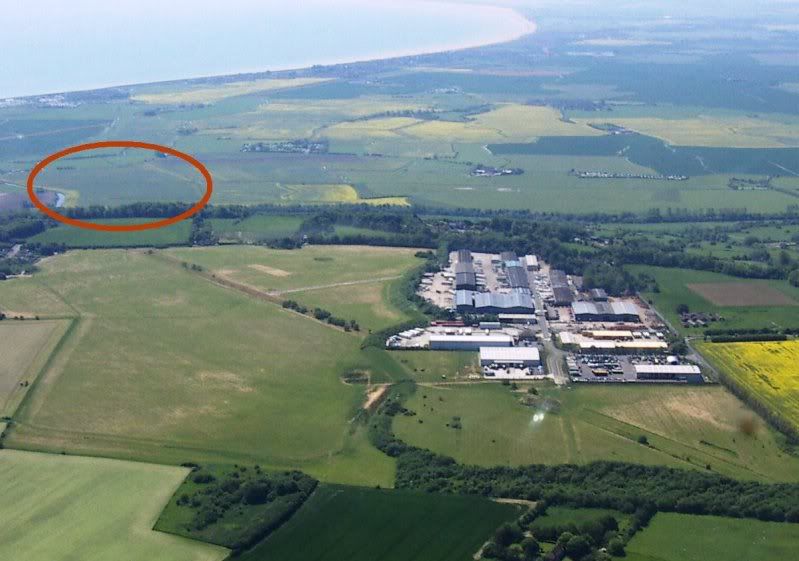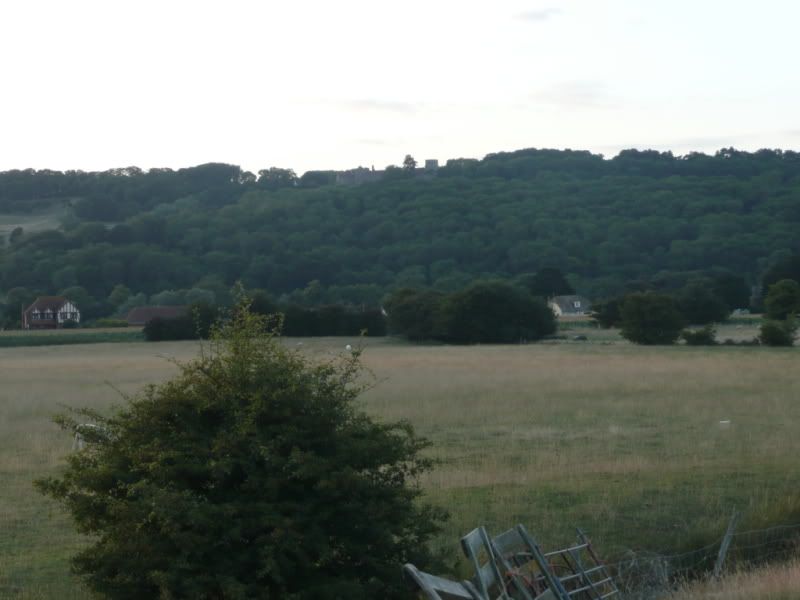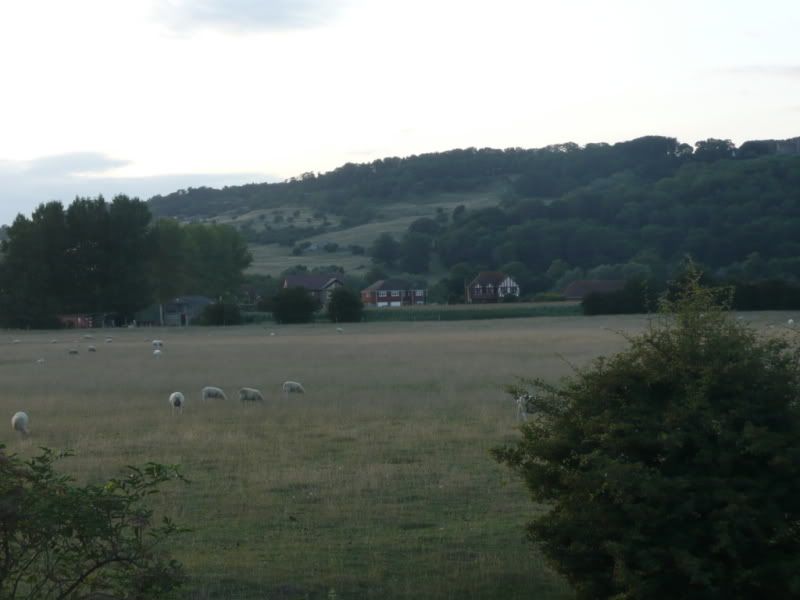The first two waves would drop BEHIND it; with the two units of the first wave hiking in from four or five miles to the right of those pics.
The detachment dropping on this side of the RMC
would indeed be pinned down - the land from the RMC right out to the coast is as you can see VERY flat....I wonder if they were only intended as a diversion?
The one obstacle (sic) that THAT particular slope DOES throw up, however...is to the idea that the first two waves have to
SURROUND the airfield and invest it before the glider attack on the field itself; that plan means infiltrating
ALONG that slope to surround the field, then attack uphill!

That's why I'd love to se a map of the period
defences of the aerodrome; as the nearest Fighter Command dispersal field to the coast...it was bound to have had
SOME defences facing South!!!
Maybe it's me....but it does lool as if that first mile/mile and a half of the RMC would need to be neutralised
FIRST to allow the FJ freedom of action and manouver on the south "side" of Lympne airfield. If by some miracle the first two waves make it across country without any hostile contact...
1/ combat there is going to alert the defenders above;
2/ reading through the details I have - there's not exactly much TIME in the plan for the reduction of the RMC there and the opening-up of the FJ's options;
3/ ANY delay in clearing that stretch of the RMC brings MilForce/5th brigade down on the whole operation.




